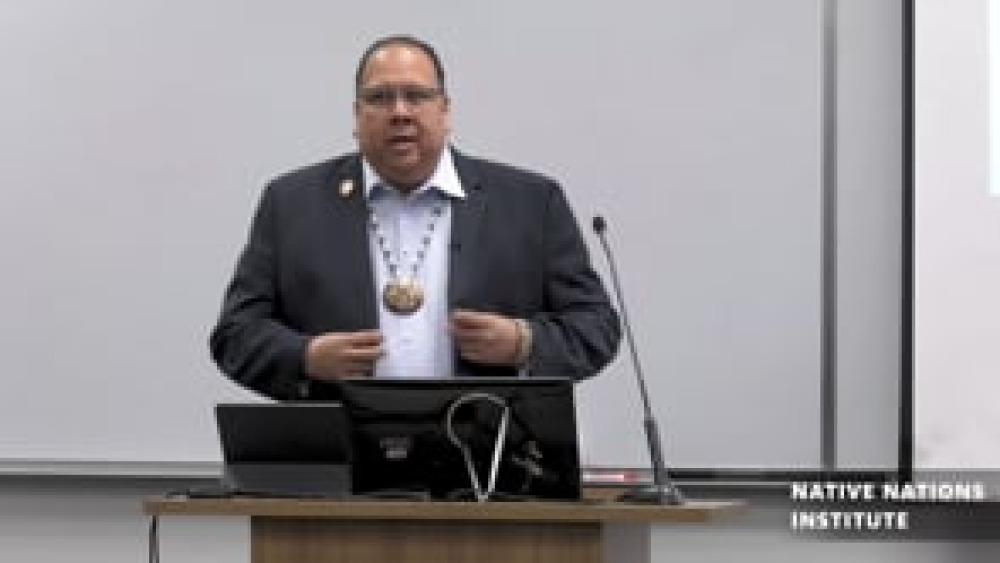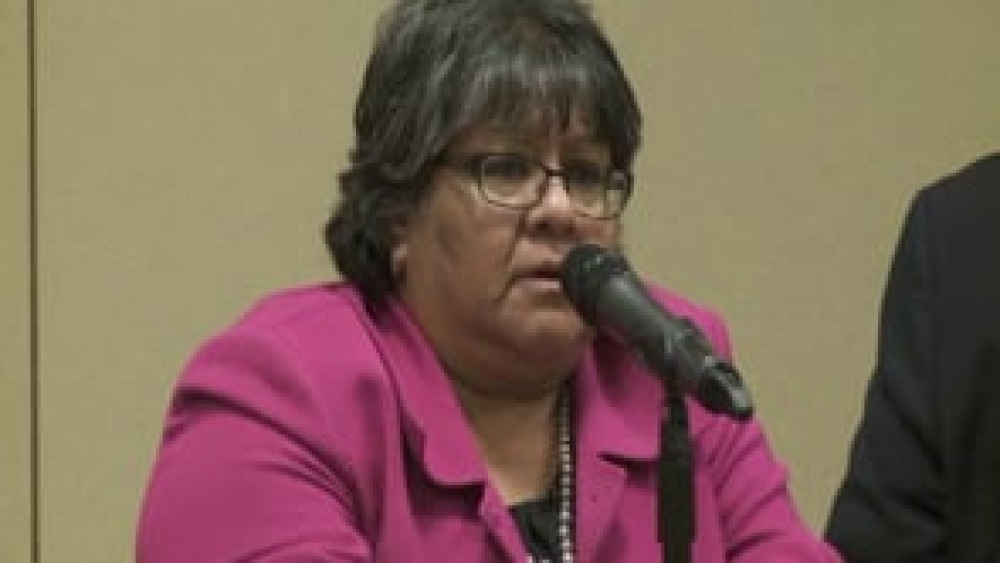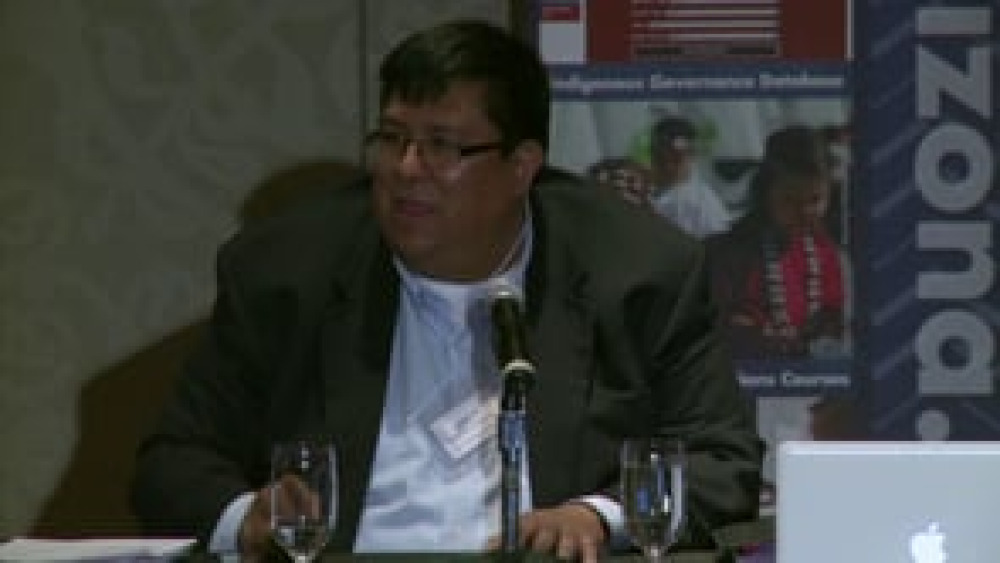Stephen Roe Lewis has been serving two terms as the Governor of the Gila River Indian Community. He follows a strong tradition and family legacy of leadership for the Akimel O’otham and Pee-Posh people in this desert riparian region of Arizona. Governor Lewis has worked on numerous political campaigns and organizing projects throughout Indian Country including Native voter organizing and Native voter protection in 2002 and selected as an Arizona delegate and Co-Chairing the Native American Caucus for the 2012 Democratic National Convention in Charlotte, North Carolina. As well as, serving on the Board of Directors for the Native American Rights Fund (NARF), the Executive Board for the National Indian Gaming Association (NIGA) and the Board of Trustees for the Heard Museum of Phoenix. Governor Lewis has wroked with his community to create solutions for resources and education in the Gila River Indian Community. The Management Aquifer Recharge site (MAR-5) project brings together the need for access to water while restoring the return of the Community's riparian area which is vital for farming and the return of wildlife to the Community, and developed a new eductaion reviatlze program to construct a Bureau of Indian Education replacement school and then lease that school back to the federal government. His longstanding work to create a strong Native Nation for the Gila River Inidan Community and making tribal eaderhsip work for change is told in this interview with Native Nations Institute.
Additional Information
Native Nations Institute. "Stephen Roe Lewis: Effective Tribal Leadership for Change," Leading Native Nations, Native Nations Institute, University of Arizona, Tucson, AZ. January 14, 2020
Transcript
Transcript available upon request. Please email: nni@email.arizona.edu



